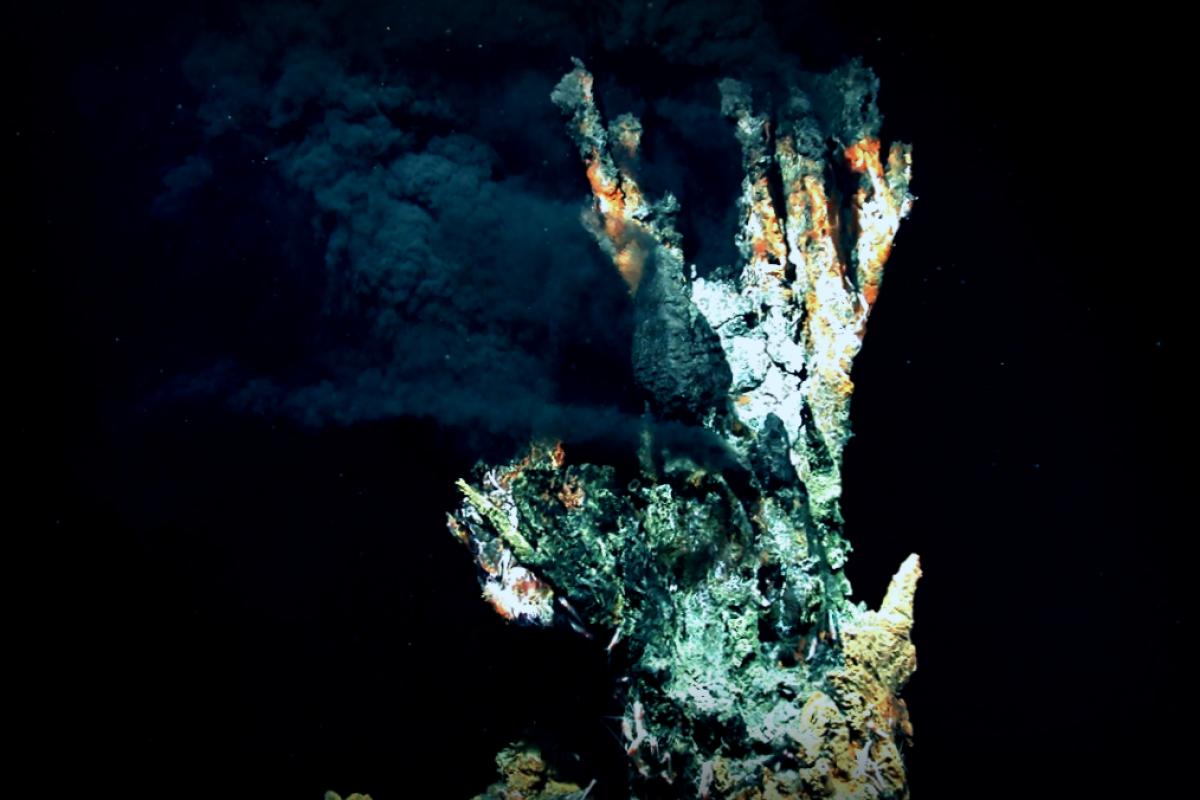Deep-sea vents, often known for their unique ecosystems, have recently been discovered to release rare and precious elements. This finding is a big deal not just for marine biology but may also affect mining and other industrial fields.
Unveiling the Secrets of Deep-Sea Vents
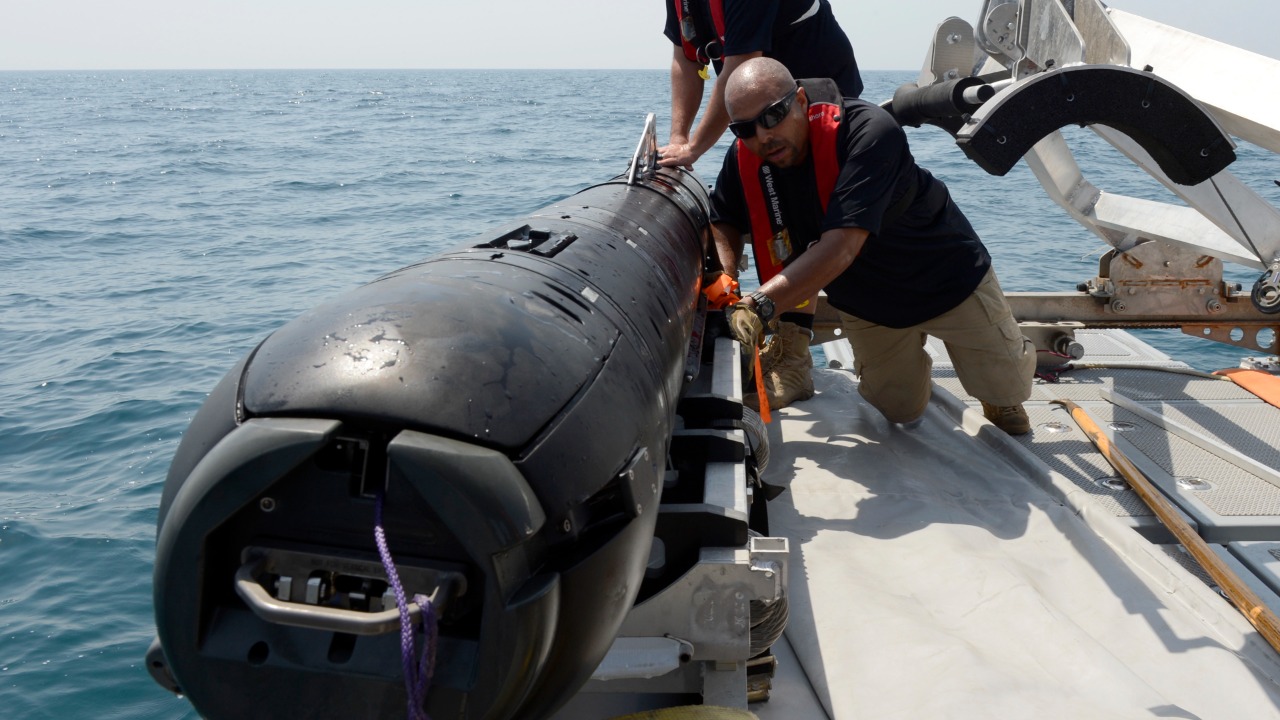
So, what are these deep-sea vents? They are openings in the seafloor where heated, mineral-rich water flows out. These hotspots are home to extraordinary ecosystems, filled with unique organisms that manage to survive in extreme conditions, far from sunlight and traditional energy sources. From tube worms to yeti crabs, these unusual creatures have adapted to these harsh environments, making vent studies a thrilling field for marine biologists.
The role of technology in examining these vents is crucial. Scientists often use Remotely Operated Vehicles (ROVs) and Autonomous Underwater Vehicles (AUVs) equipped with high-res cameras and sampling tools to explore these depths. The data gathered from these missions has led to incredible discoveries, such as chemosynthetic life that gets energy from chemical reactions instead of sunlight.
The Spectacular Discovery of Rare Elements
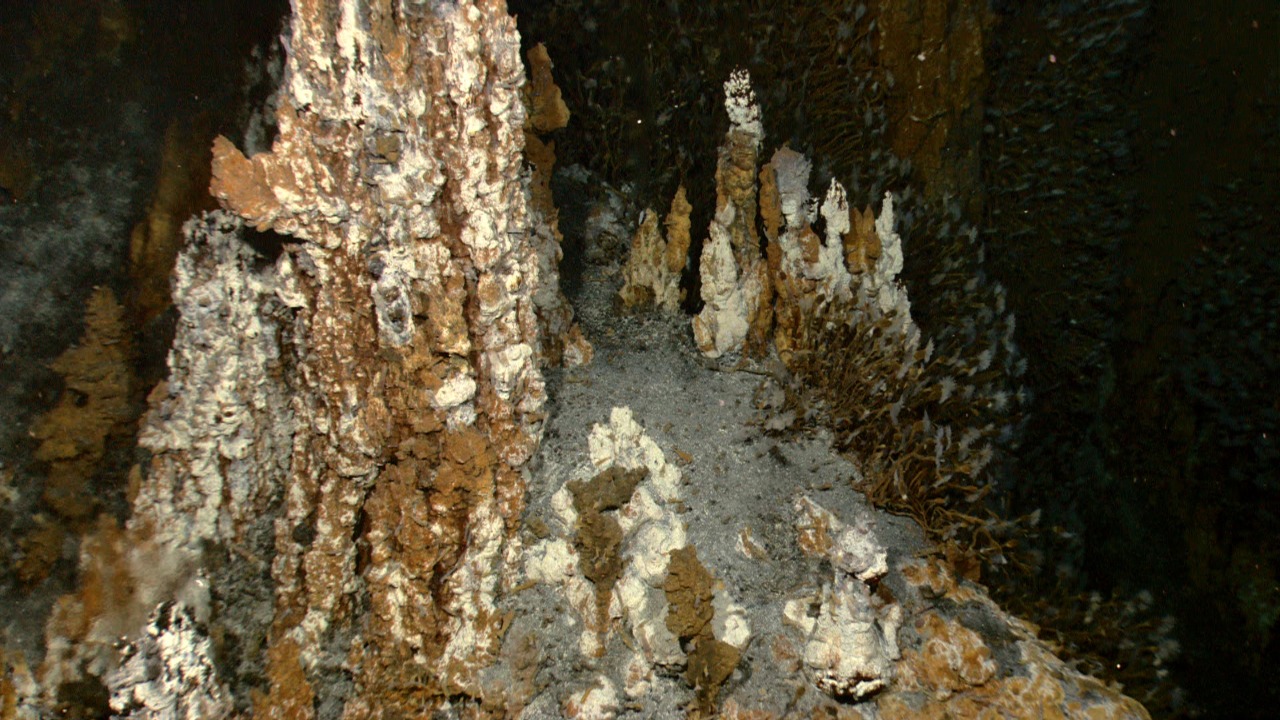
Not only do these deep-sea vents support weird and wonderful life forms, but they have also been found to emit rare materials like gold and other valuable metals. These elements, nestled deep in the Earth’s mantle, make their way to the surface thanks to hydrothermal activity. The hot water expelled from these vents carries dissolved minerals, which then form deposits around the openings.
Researchers are digging deeper into how concentrated these elements are in the ocean. Recent studies suggest that gold and other precious items may be more plentiful around these vents than we initially believed. This could have game-changing impacts for the mining sector and the global economy as a whole! Read more here.
Future Implications for Industry and Economy
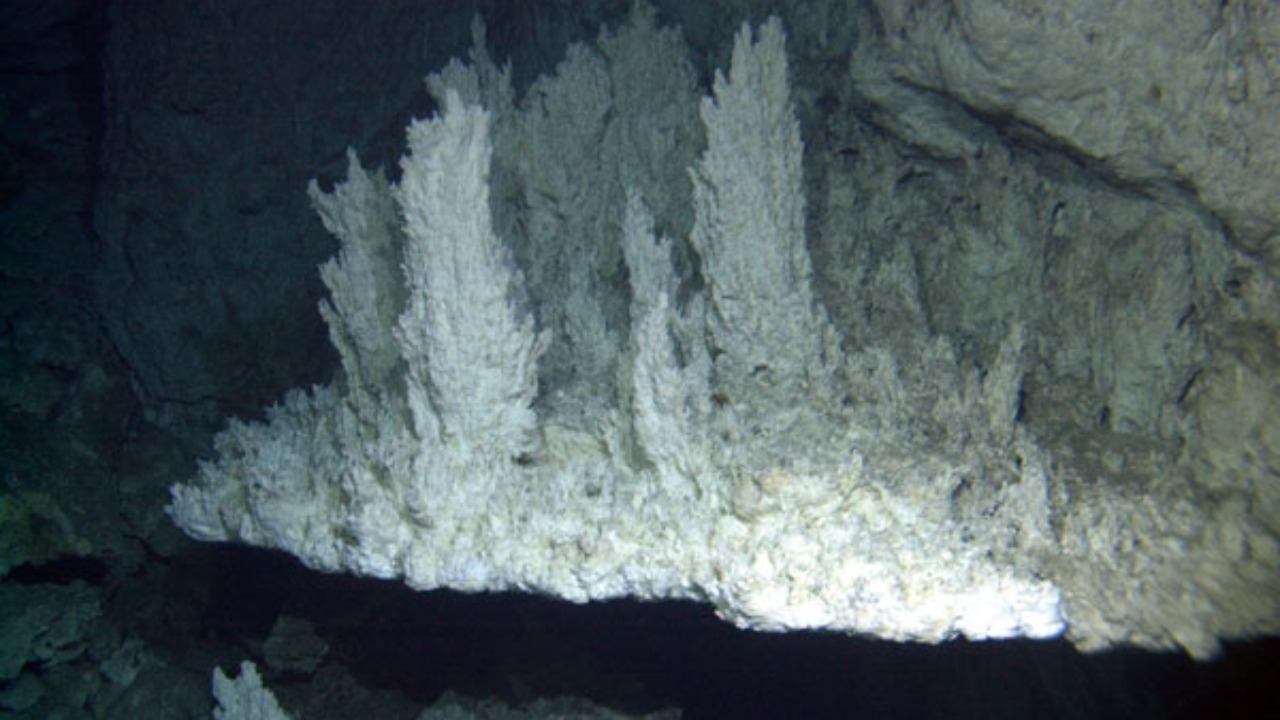
Finding these precious elements could potentially transform the mining industry. New supplies of high-demand materials might provide a boost for several sectors including electronics and renewable energy. However, the debate on whether extracting these metals from deep-sea environments is economically viable remains ongoing.
It’s important for industry players to consider not just the potential profits but also the challenges of deep-sea mining. Issues like extreme pressure, corrosive conditions, and the technical hurdles of working at such extreme depths make this a tricky business. Plus, the risks to marine ecosystems surrounding these vents are serious and must be considered.
Environmental Concerns and Sustainable Practices
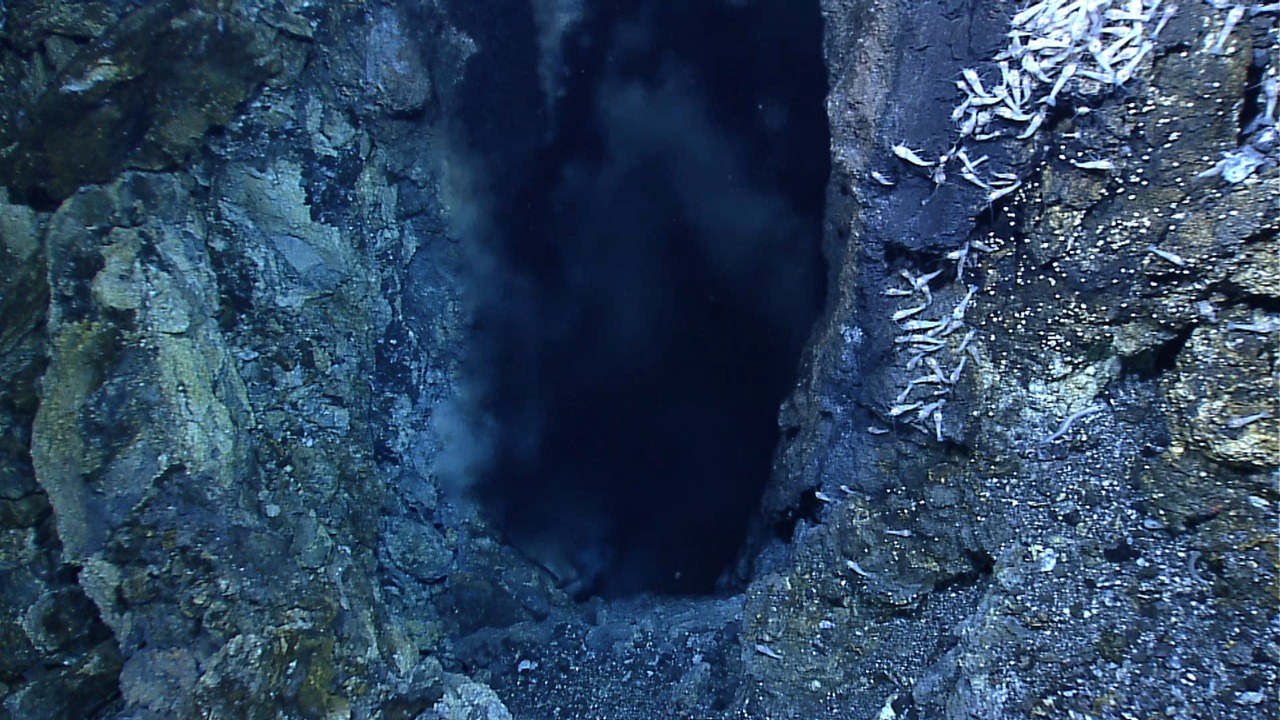
Deep-sea mining poses significant environmental risks. Disturbing the ocean floor can obliterate unique ecosystems and release pollution that harms marine life. Furthermore, the extraction processes might unleash toxic elements into the waters, risking marine biodiversity.
Thus, conducting research and extraction in an environmentally conscious manner is a top priority. Current studies advocate for developing proper rules and extraction methods that minimize harm to the environment.
Looking Ahead in Deep-Sea Research
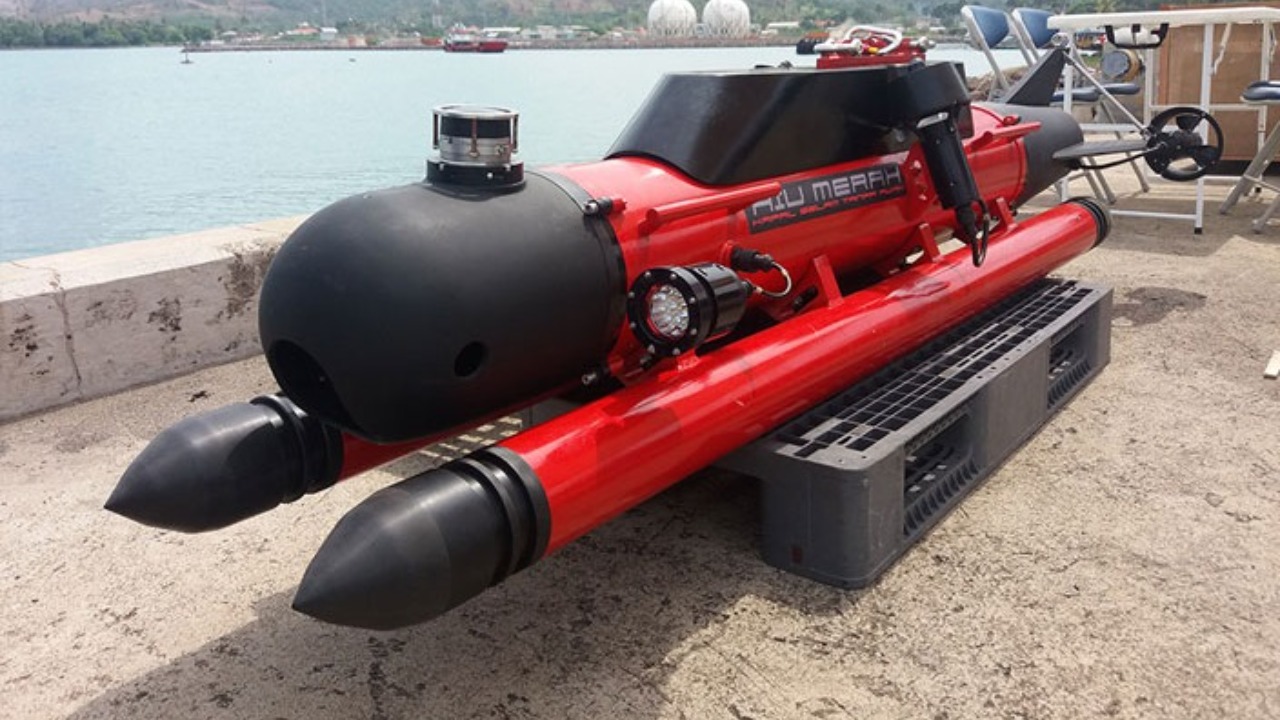
The striking discovery of rare elements being expelled by deep-sea vents emphasizes how vital it is to continue researching and understanding these unusual underwater features and their ecosystems. This includes looking into the various life forms found in these vents and how mining could affect their communities.
This revelation also paves the way for exploring sustainable extraction methods that have minimal impact. Finding the right balance between potential profit and preserving the deep-sea environment and its ecosystems is a complex challenge we must face. Exciting times lie ahead for those interested in the waters we know so little about!





